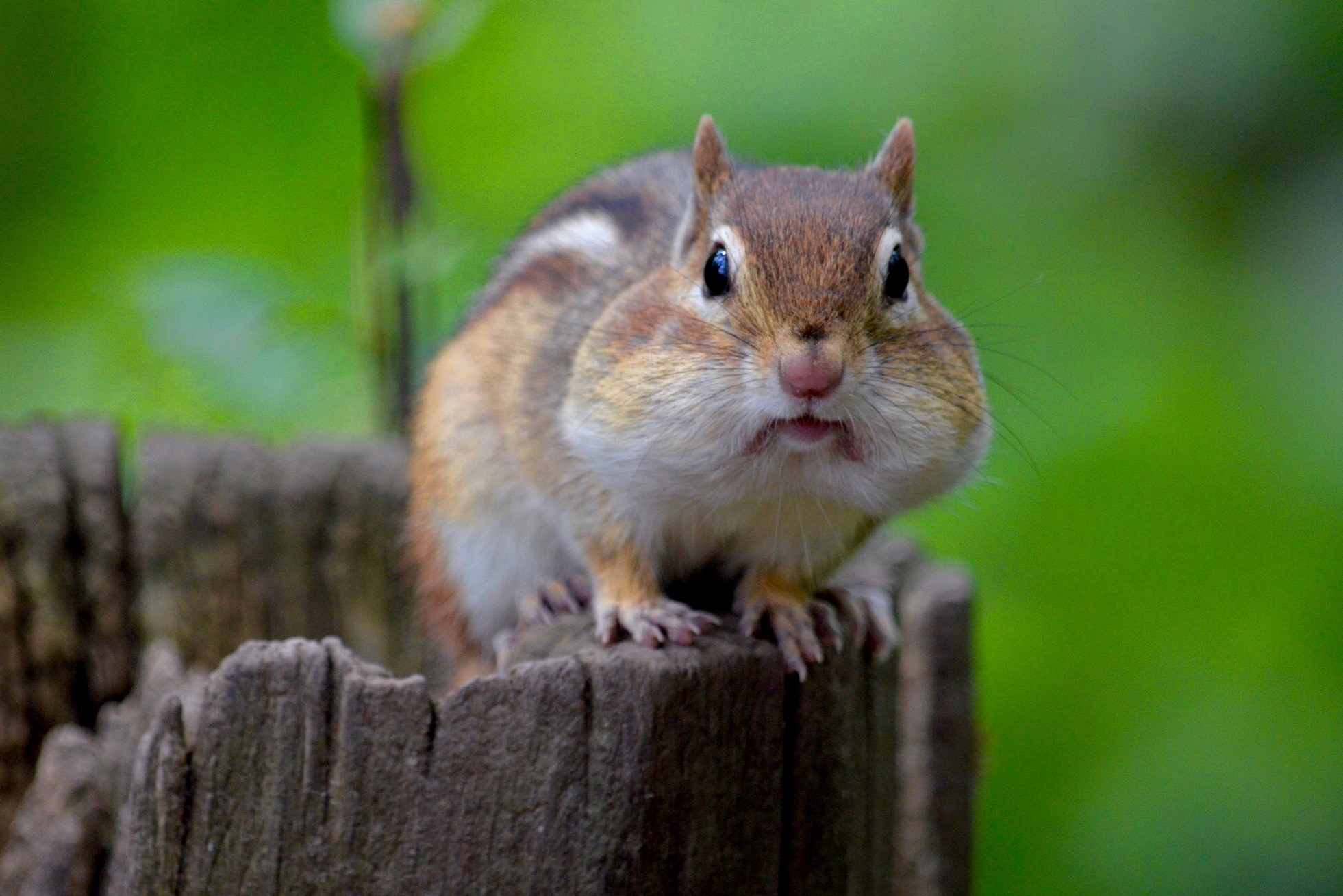Cheek on:
[Wikipedia]
[Google]
[Amazon]
The cheeks () constitute the area of the face below the eyes and between the nose and the left or right ear. ''Buccal'' means relating to the cheek. In
 In some
In some
human
Humans (''Homo sapiens'') or modern humans are the most common and widespread species of primate, and the last surviving species of the genus ''Homo''. They are Hominidae, great apes characterized by their Prehistory of nakedness and clothing ...
s, the region is innervated by the buccal nerve. The area between the inside of the cheek and the teeth and gums is called the vestibule or ''buccal'' pouch or ''buccal'' cavity and forms part of the mouth
A mouth also referred to as the oral is the body orifice through which many animals ingest food and animal communication#Auditory, vocalize. The body cavity immediately behind the mouth opening, known as the oral cavity (or in Latin), is also t ...
. In other animals, the cheeks may also be referred to as " jowls".
Structure
Cheeks are fleshy in humans, the skin being suspended by thechin
The chin is the forward pointed part of the anterior mandible (List_of_human_anatomical_regions#Regions, mental region) below the lower lip. A fully developed human skull has a chin of between 0.7 cm and 1.1 cm.
Evolution
The presence of a we ...
and the jaws, and forming the lateral wall of the human mouth, visibly touching the cheekbone
In the human skull, the zygomatic bone (from ), also called cheekbone or malar bone, is a paired irregular bone, situated at the upper and lateral part of the face and forming part of the lateral wall and floor of the orbit (anatomy), orbit, of t ...
below the eye. The inside of the cheek is lined with a mucous membrane
A mucous membrane or mucosa is a membrane that lines various cavities in the body of an organism and covers the surface of internal organs. It consists of one or more layers of epithelial cells overlying a layer of loose connective tissue. It ...
(''buccal'' mucosa, part of the oral mucosa
The oral mucosa is the mucous membrane lining the inside of the mouth. It comprises stratified squamous epithelium, termed "oral epithelium", and an underlying connective tissue termed '' lamina propria''. The oral cavity has sometimes been des ...
).
During mastication (chewing), the cheeks and tongue between them serve to keep the food between the teeth.
Clinical significance
The cheek is the most common location from which aDNA
Deoxyribonucleic acid (; DNA) is a polymer composed of two polynucleotide chains that coil around each other to form a double helix. The polymer carries genetic instructions for the development, functioning, growth and reproduction of al ...
sample can be taken. (Some saliva is collected from inside the mouth, e.g. using a cotton-tipped rod called a swab or "". The procedure of collecting a sample in that way is typically called a "cheek swab".)
Other animals
The cheeks are covered externally by hairy skin, and internally bystratified squamous epithelium
A stratified squamous epithelium consists of squamous (flattened) epithelial cells arranged in layers upon a basal membrane. Only one layer is in contact with the basement membrane; the other layers adhere to one another to maintain structural ...
. This is mostly smooth, but may have caudally directed papillae (e.g., in ruminant
Ruminants are herbivorous grazing or browsing artiodactyls belonging to the suborder Ruminantia that are able to acquire nutrients from plant-based food by fermenting it in a specialized stomach prior to digestion, principally through microb ...
s). The mucosa is supplied with secretions from the ''buccal'' glands, which are arranged in superior and inferior groups. In carnivores, the superior buccal gland is large and discrete: the zygomatic gland. During mastication, the cheeks and tongue between them serve to keep the food between the teeth.
Some animals such as squirrel
Squirrels are members of the family Sciuridae (), a family that includes small or medium-sized rodents. The squirrel family includes tree squirrels, ground squirrels (including chipmunks and prairie dogs, among others), and flying squirrel ...
s and hamsters use the buccal pouch to carry food or other items.
 In some
In some vertebrate
Vertebrates () are animals with a vertebral column (backbone or spine), and a cranium, or skull. The vertebral column surrounds and protects the spinal cord, while the cranium protects the brain.
The vertebrates make up the subphylum Vertebra ...
s, markings on the cheek area, particularly immediately beneath the eye, often serve as important distinguishing features between species
A species () is often defined as the largest group of organisms in which any two individuals of the appropriate sexes or mating types can produce fertile offspring, typically by sexual reproduction. It is the basic unit of Taxonomy (biology), ...
or individuals.
See also
* Blushing * Cheek augmentation *Cheek kissing
Cheek kissing is a ritual or social kissing gesture to indicate friendship, family relationship, perform a greeting, to confer congratulations, to comfort someone, or to show respect.
Cheek kissing is very common in the Middle East, the Medite ...
* Erythema infectiosum
* High cheekbones
* Slapped cheek
* Zygomatic bone
References
External links
* {{Authority control Facial features Human head and neck